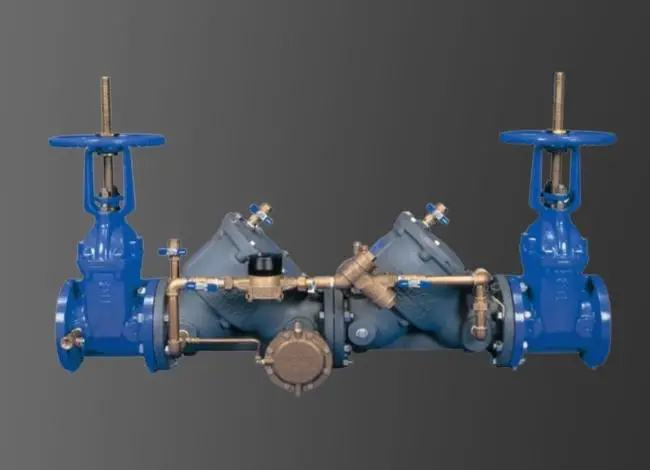What is the toilet Backflow?
You may have encountered so many issues regarding the toilet, but one thing that is not so common in this perspective is a backflow problem which rarely occurs but has a devastating effect on the plumbing fixtures and bathroom of the house. Backflow is a severe problem caused by any plumbing blockage in the drain pipe or municipal supply line. This happens due to the change in the course or direction of the water flow. As a result, wastewater flows backward and overflows the toilet and other fixtures that ravage the bathroom’s exact ambiance.
What are the Causes of Backflow in Your Toilet?
There are various reasons why the backflow occurs in the bathroom. Some of those causes are described below, 
- The back pressure of water phenomenon is the leading cause of toilet backflow. Sometimes the municipality’s water supply line misbehaves, suddenly changing the water flow course.
- The back-siphonage is another cause of the backflow; it occurs when the water pressure is relatively lower than the external pressure, so what happens in the direction of the water flows backward.
- The destructed sewage line might be another cause of the backflow of the toilet. Foul smell and leaks from the drains directly impact sewerage pipes damage.
- A damaged backflow preventer is another cause of the backflow of the toilet and the drain. Most home has a backup system for preventing the rigorous backflow preventer from curbing the devastating effects of the grim backflow.
What are the consequences?
The backflow of the toilet is considered one of the most gruesome and dire issues, and the consequences are also so grim that it can create ruthless aggression in the sanitary mechanism of the home.
- The most common consequence is that the drainage pipe may spread bad odors or vapors and might outcry the home ambiance.
- It can contaminate the water supply, and the tank might be filled with ravaged plumbing infrastructure.
- It can damage the vent pipe, the potable water system, each and every bathroom, and many more.
How to prevent toilet backflow?
- You can implement the Pressure type vacuum breaker into the system of the toilet. It is used for governing the water pressure in the system. A water-flowing valve is operated through the intersection of the drainage pipe that curbs the unwanted back flowing.
- The Barometric loop can prevent the backflow, and it is mainly a complex looping system that can mitigate the devastating effect of the backflow.
- You can also try an air gap in between the internal pipe and the water outlet. This gap works as the emanating of the contaminated gas and water is deployed and repented to the immense interchanging outline.
- There is another gadget for preventing the overflow, and that is the Hose bib backflow preventer. This is designed in a way that it can assuredly prevent the backflow in the toilet.
What is a Toilet Backflow Preventer or Anti-Siphon?
A toilet backflow preventer (also known as an anti-siphon) is nothing new, but we often forget to install this item in our toilets. Sometimes the water is distorted from flowing to its certified path and initiates to flow in the opposite direction. To eradicate this acuteness, we use the toilet backflow preventer as it saves the water from being contaminated. It ensures the certified linked way of flowing into the channel, and that’s it; it saves you from the cruel backflow. Sometimes other alternatives are also used to attenuate the ghastly upshot of this horrendous submerged and factitious incident. The backflow preventer truly emerged as a Patronus stuff which is exceptionally impactful in attenuating the backflow.
Hi, this is Robert Crossan, the owner of this website, has 17 years of experience in the installation, maintenance, and repair of toilets and plumbing systems. After completing the Level 2 Basic Plumbing course in 2005, I started working in both domestic and commercial buildings as a professional plumber. So I can figure out the core difference between different toilet models and brands. It also helped me monitor their work performance and setbacks.